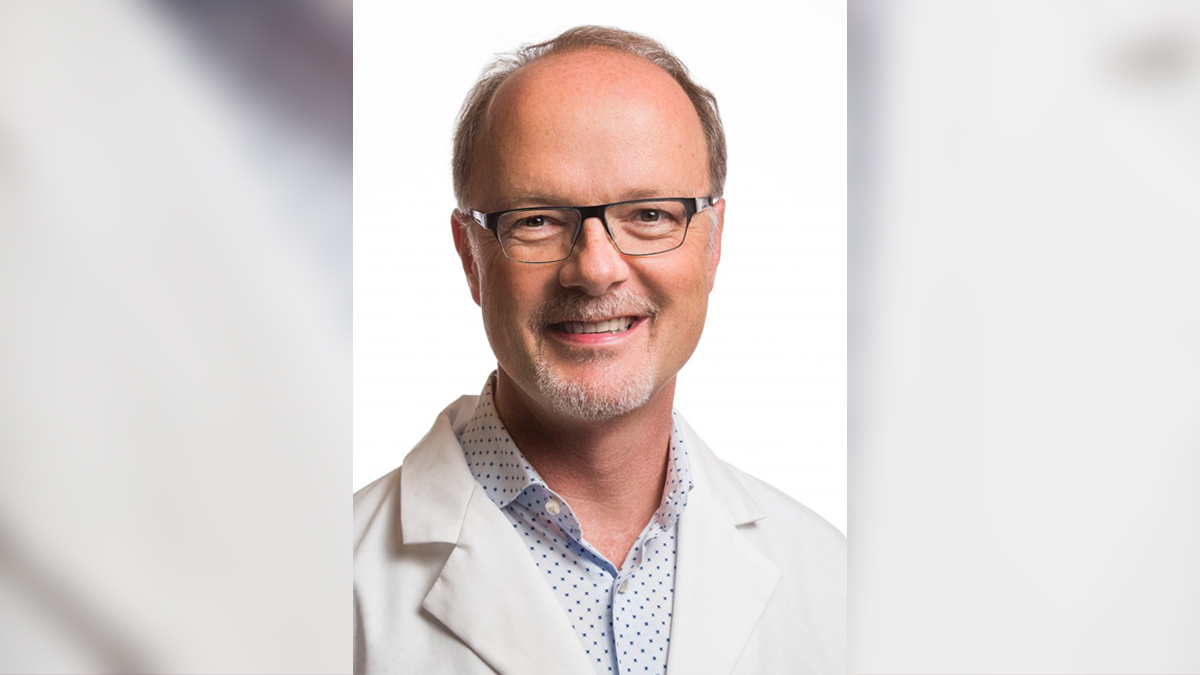- 2020
|
- Runner-Up
|
- Leadership in Quality
Bruce Forster is a champion for educating and leading the medical imaging community in BC towards a culture of ongoing quality improvement.
He was inspired to lead this work after an incident in 2010 when several BC radiologists were found to be practicing below the standard of care. Many of their exam results required re-assessment. As the new head of radiology at UBC, and the inaugural medical imaging regional department head for Vancouver Coastal Health (VCH) and Providence Health Care (PHC), Bruce organized his colleagues to re-read thousands of these exams.
The incident’s fallout motivated Bruce to develop the first medical imaging quality policy at VCH and implement the first digital radiology peer review system in Western Canada. The system remains in use at VCH and PHC with 100% participation from radiologists and approximately 12,000 reviews performed. Bruce also helped develop another digital peer review system, the province-wide Radiology Quality Improvement System (RQIS).
He soon realized that learnings from the VCH and RQIS peer review systems needed to be more broadly deployed so they could be effective on a system-wide basis. He helped create a new medical imaging Quality Rounds, where discrepancies caught by the peer review systems are analyzed and presented to staff and resident radiologists.
Having medical errors presented at rounds, even anonymously, has historically been a source of anxiety for physicians – but this attitude is changing under Bruce’s leadership. By removing blame for unintended human error, radiologists are now happier to have their work presented at rounds. Some have even asked to have their anonymization removed. This is an unprecedented cultural shift that has spread throughout medical communities in BC.
Bruce also launched a provincial initiative aimed at reducing unnecessary medical procedures. Using Choosing Wisely as a template, he partnered with Vivian Chan, VCH’s director of medical quality, to implement imaging appropriateness checklists in VCH and PHC hospitals for patients with low back pain, uncomplicated headache, minor head injury and/or osteoarthritis. The checklists for low back pain and osteoarthritis have resulted in 16% and 20% reductions, respectively, in inappropriate imaging studies, and both have since been rolled out across the Lower Mainland. At the provincial level, Bruce and Vivian co-authored a toolkit to help practitioners plan and execute similar quality improvement projects.
As chair of UBC’s Department of Radiology, Bruce has been a driving force for improving quality-related education for the province’s students, radiologists and allied health practitioners. He spearheaded a resident audit program with Gerald Legiehn, the radiology department’s vice-chair of quality, and has helped develop a free mobile app aimed at medical students called “UBC Radiology.” One of the app’s functions is to teach users how to select the most appropriate type of imaging for different clinical scenarios. It’s been downloaded more than 80,000 times and has won international acclaim.
Bruce’s work impacts not just colleagues and students but patients too – he is a tireless advocate for appointing patient representatives to medical committees. Combine that with his track record of medical quality successes, and it’s clear why he is a true leader in the medical imaging community. Bruce sets an example of respectful, person-centred care that will inspire a legacy of health care providers delivering high-quality medical imaging services for all British Columbians.


